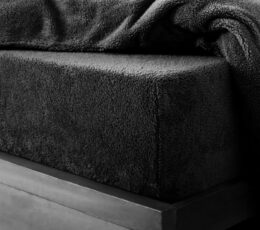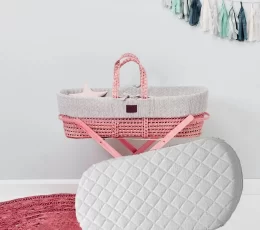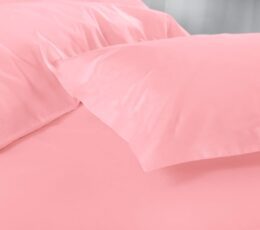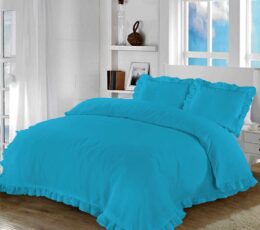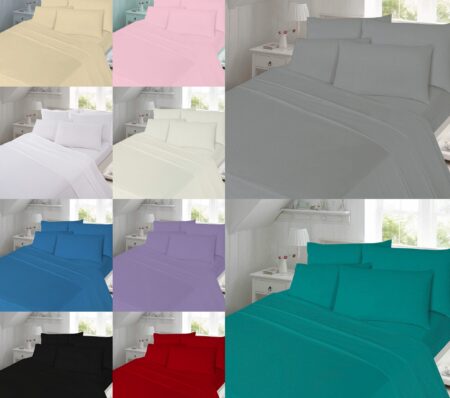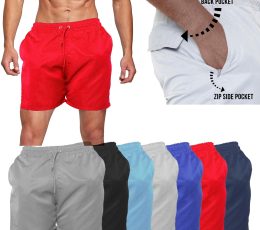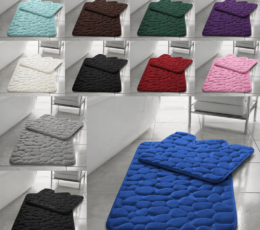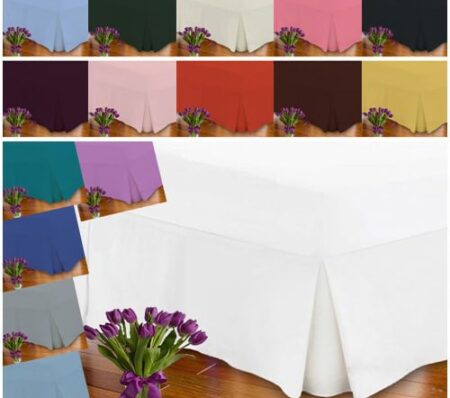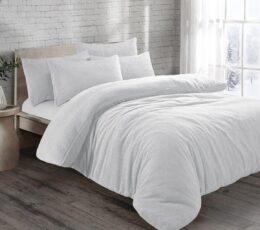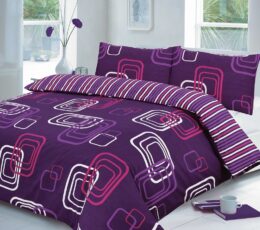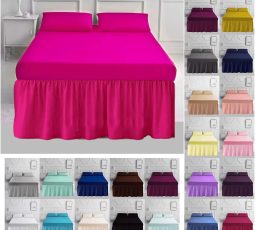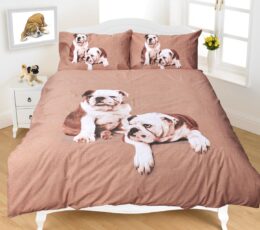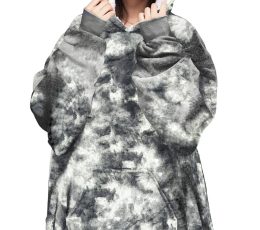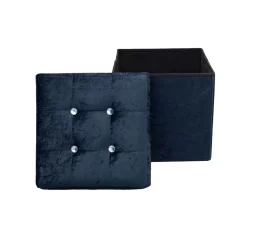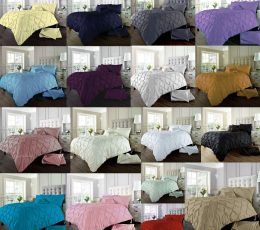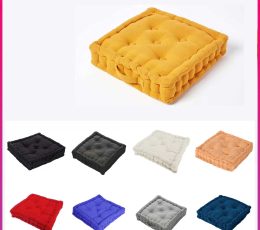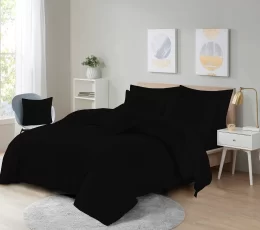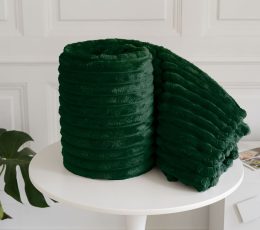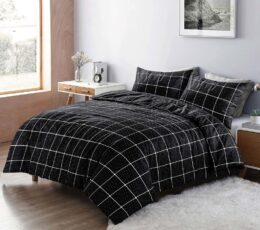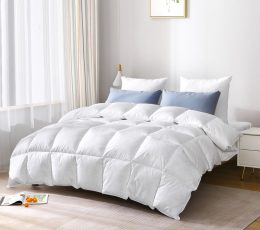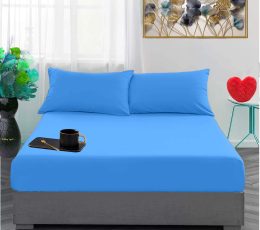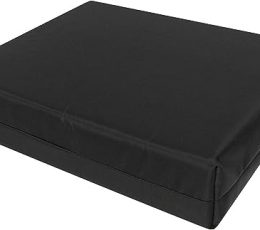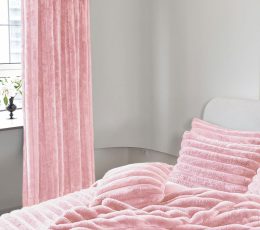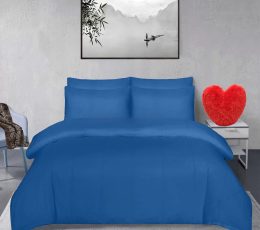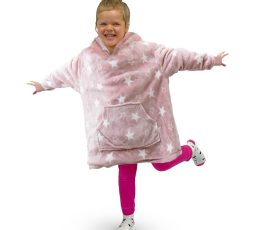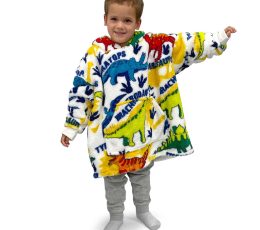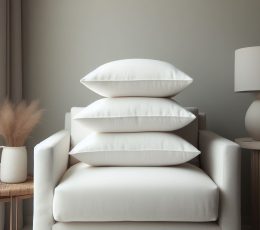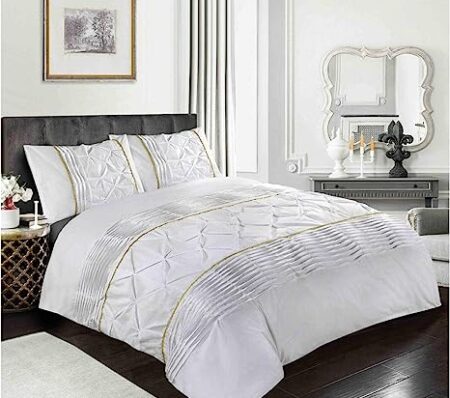As global warming increases, the fluctuation in the weather also increases as we feel the summer heat during the winter season, and the cold night becomes the sweaty sleeping night. As the single duvet is one of the most cozy partners for all seasons, let’s check out which is the best duvet for night sweats or the duvet that helps to sleep during the summer season to avoid getting too much sweatty.
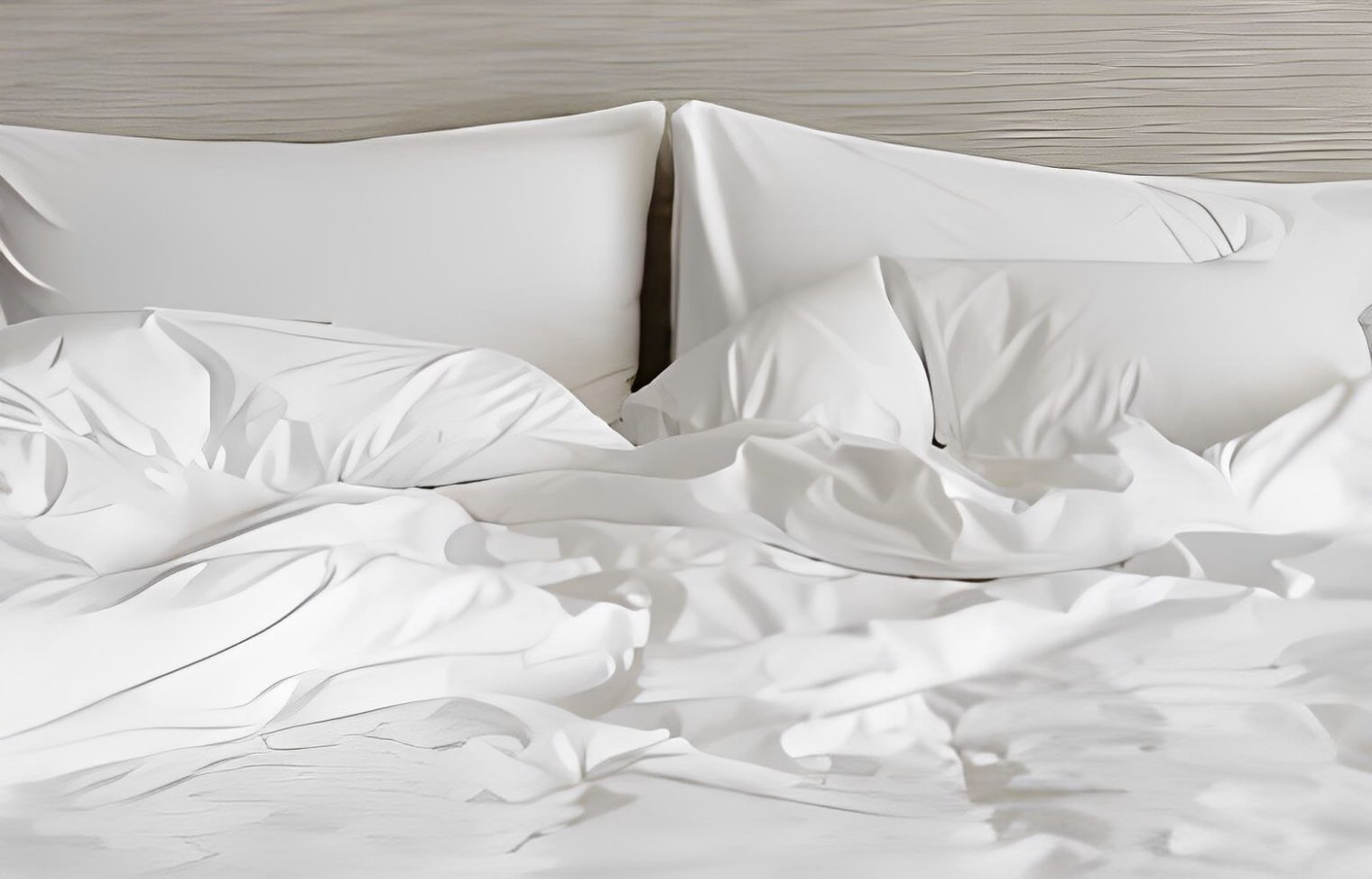
What are Night Sweats?
There are various factors, including hormonal changes, medical conditions, or environmental factors, that can trigger this common condition. While night sweats are often harmless, they can disrupt sleep, leading many individuals to seek ways to manage and alleviate this nighttime phenomenon.
The most common reason for night sweats is the all season duvet that brings more warmth than we require, and that causes sweat during sleep, which leads to disturbance in sleep. We recommend using the summer duvet or the lightweight duvet with a low tog rating that helps to keep the air circulation during sleep. This makes the question arise that is it too hot to use duvet for summer?
How Can I Reduce Night Sweats?
Addressing night sweats involves a combination of lifestyle adjustments and choosing the right bedding. Here are some strategies to reduce the occurrence of night sweats:
- Keep your bedroom cool by adjusting the thermostat, using fans, or opening windows. A cooler sleep environment can help regulate body temperature and minimize sweating. The cool temperature also helps to get undisturbed sleep.
- Opt for bedding materials with excellent breathability, such as cotton, linen, or bamboo. These fabrics allow air circulation, promoting a cooler and more comfortable sleep experience. As we said, a duvet with a cotton cover is one of the most trustworthy materials to use for the duvet.
- Choose lightweight, moisture-wicking sleepwear to help your body stay cool and prevent excessive sweating. The tog rating makes a big difference in selecting the duvet, as the duvet with a low tog rating stops sweating. We recommend using the duvet with a total rating of 4.5.
How Do I Stop Sweating Under My Duvet?
Sweating under your duvet can disrupt your sleep & leave you feeling uncomfortable throughout the night. Fortunately, several ways are used to reduce or eliminate sweating:
- Tog rating measures a duvet’s warmth, and selecting a lower tog duvet can help regulate your body temperature and prevent overheating. Opt for a lightweight duvet, especially during warmer seasons.
- Choose bedding made from breathable materials to allow proper air circulation. Cotton, linen, and bamboo are excellent choices as they promote ventilation and help wick away moisture. Check our guide on find the best breathable duvet material.
- Opt for sheets made from moisture-wicking materials like Tencel or performance blends. These sheets efficiently draw moisture away from your body, keeping you dry and comfortable. You can check is 10.5 Tog duvet good for summer or not.

What Material is Best for Night Sweats?
The material of your duvet plays a crucial role in managing night sweats. Let’s explore the best material for night sweats and their suitability for preventing excessive sweating:
Cotton Duvets
Cotton is a natural and highly breathable fabric. It allows air for free circulation, preventing heat buildup and promoting a cool sleeping environment. Cotton Duvets are excellent for individuals prone to night sweats.
polyester material
Polyester is known for its durability but may not be the best choice for managing night sweats. It lacks the breathability of natural fibers, potentially contributing to heat retention and sweating.
polycotton duvet
Polycotton blends combine the breathability of cotton with the durability of polyester. While not as breathable as 100% cotton, polycotton duvets strike a balance and can be a suitable choice for those looking for a blend of comfort and durability.
Polypropylene Duvet
Polypropylene is a synthetic material that repels moisture and is often used in waterproof or moisture-resistant duvets. While it may help manage sweating to some extent, it might not provide the same breathability as natural fibers.
Microfiber Duvet
Microfibre, a synthetic material, is known for its softness and moisture-wicking properties. Microfibre duvets can be a good option for managing night sweats, as they efficiently draw moisture away from the body.
The best duvet filling for Night Sweats
Sweats can be disruptive to a good night’s sleep, and the choice of duvet filling plays a crucial role in managing this issue. The duvet filling is one of the most important terms when selecting a duvet as we determine the warmth, thickness, weight, and breathability of the duvet that we use to select the perfect duvet for your daily routine. Lets find best duvet to stop sweating according to filling:
microfiber filling
Microfibre is a synthetic material known for its moisture-wicking properties. It efficiently pulls out moisture from the body, helping to keep you dry and comfortable during the night. This makes microfibre an excellent choice for those prone to night sweats. Microfibre duvets are often lightweight and breathable, promoting optimal air circulation.
hollowfibre filling
Hollowfibre is a synthetic filling known for its insulating properties. It provides warmth without excessive weight, making it suitable for cooler nights. However, hollow fiber also offers breathability, allowing air to circulate and preventing overheating. Hollowfibre duvets are often more affordable than natural fillings like down. They are also durable and can withstand regular washing, maintaining their loft and performance over time.
down filling
Down, derived from the soft under-feathers of ducks or geese, is renowned for its exceptional insulation. While down filled duvet provide warmth, they also offer breathability, allowing for effective temperature regulation.
Down is lightweight and fluffy, providing a luxurious and comfortable sleeping experience. The loft of down clusters allows air to circulate, preventing the duvet from trapping excess heat.

What Duvet Tog Rating is Best for Night Sweats?
When it comes to choosing the right duvet for individuals experiencing night sweats, the tog rating, which measures a duvet’s thermal insulation, becomes a crucial consideration. Tog ratings of 4.5 tog duvet or below are often suitable for managing night sweats, allowing for better temperature regulation and preventing overheating during sleep. Better understand about tog rating for our duvet tog guide.
Which Is Best bedding for night sweats?
Night sweats can arise from an array of factors, including hormonal fluctuations, ambient room temperature, and individual preferences. When focusing on duvets, several features contribute significantly to enhanced temperature regulation and moisture management, minimizing the likelihood of experiencing night sweats.
In terms of materials, opting for duvets crafted from natural fibers like cotton & linen is a wise choice. These materials are renowned for their breathability and moisture-wicking capabilities, ensuring a cool and comfortable night’s sleep.
Considering thread count is essential, while a higher thread count is often associated with superior quality, an excessively high count may compromise breathability.
Lighter-weight duvets, in particular, tend to be more breathable, preventing overheating during the night. Prioritizing breathability in duvet selection is recommended. Some duvets are designed with special constructions or materials that facilitate airflow, allowing heat and moisture to dissipate, thus preventing the accumulation of body heat.
How do you wash a duvet?
Your duvet, a cozy haven for restful nights, deserves proper care to maintain its freshness and longevity. Whether your duvet is machine washable or requires a gentle hand wash, the following guidelines will help you navigate the nuances of duvet maintenance. Understanding how to wash a duvet gives you better understanding about hygeine.
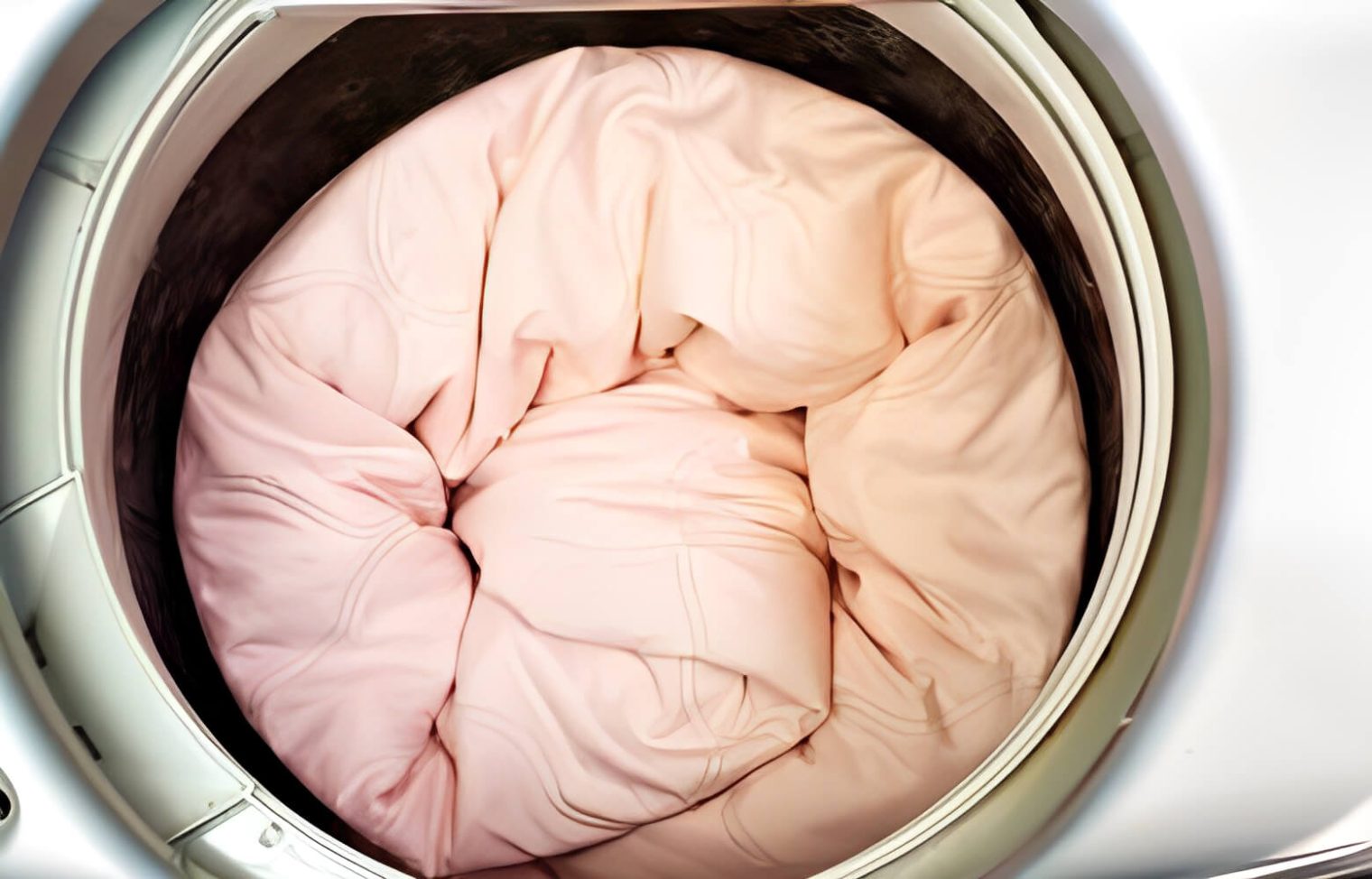
can you machine wash a duvet:
- Before initiating the washing process, consult the care label on your duvet. Manufacturers provide specific instructions regarding washing, drying, and other essential details.
- Ensure your machine is large enough to accommodate the duvet without overcrowding. This allows adequate water circulation and ensures thorough cleaning.
- Go for a gentle or delicate cycle on your machine to minimize agitation. This protects the duvet’s fabric and filling from unnecessary wear and tear. Using a mild detergent is best for delicate fabrics.
- Ensure the duvet is thoroughly rinsed to eliminate any detergent residue. Residue can lead to skin irritation and compromise the duvet’s softness. Multiple rinse cycles may be necessary.
- If your duvet is safe for machine drying, use a low heat setting to prevent damage. Adding tennis balls or dryer balls helps fluff the filling, maintaining the duvet’s loft. For more details you can check how to wash a duvet guide.
how to hand wash a duvet:
- Select a spacious area where you can comfortably wash and rinse your 15 tog duvet or any low tog duvet.
- Fill the tub with lukewarm water, ensuring it’s sufficient to submerge the duvet fully. Add a small amount of mild detergent to create a soapy solution.
- Gently agitate the water to create a mild, soapy solution. Avoid excessive agitation, as it can lead to clumping or uneven washing.
- Submerge the duvet in the soapy water, ensuring even soaking. Allow it to soak for 15-20 minutes to loosen dirt and stains.
- If there are specific stains, gently rub them with a soft cloth or sponge. Avoid hard scrubbing to prevent damage to the fabric or filling.
- Drain the soapy water and then refill the tub with clean, lukewarm water for rinsing. Repeat this process until all detergent is washed out.
- Gently press out excess water from the duvet without wringing or twisting. Be careful to maintain the duvet’s shape and prevent damage to the filling.
- Lay the duvet flat on a clean, dry surface to air dry. Ensure proper ventilation and flip the duvet periodically to promote even drying. This process may take a day or more.
Even after washing it completely sometimes it’s better to change the duvet, but before that it is important to know how often you change your duvet and before buying the new one get know how much should I spend on duvet for perfect budgeting.
FAQs
What causes night sweats, and how can my choice of duvet help manage them?
Various factors, including hormonal changes, medical conditions, or environmental factors, can cause night sweats. Choosing a duvet with breathable materials and a suitable tog rating can help manage temperature and reduce sweating during sleep.
How does the tog rating of a duvet impact night sweats?
The tog rating measures a duvet’s thermal insulation. For those prone to sweating, opting for a lower tog rating, typically 4.5 or below, ensures a lighter and less insulating duvet, promoting better temperature regulation and preventing overheating.
What materials are best for preventing night sweats in a duvet?
Materials such as cotton, bamboo, and microfibre are known for their breathability and moisture-wicking properties. These fabrics allow for proper air circulation, keeping the sleeper cool and comfortable, thus reducing the likelihood of night sweats.
Is it better to choose natural or synthetic fillings for a duvet to prevent sweating?
Both natural and synthetic fillings can be suitable for preventing sweating, depending on personal preferences. Natural fillings like down offer breathability, while synthetic options like microfibre often come with moisture-wicking properties.
Can a duvet be too cool for winter if it’s chosen to prevent sweating?
While choosing a duvet with a lower tog rating is ideal for preventing sweating, it’s essential to balance breathability with warmth. Opt for a duvet with versatile features, or consider layering options to ensure comfort during colder winter nights.
Are there specific duvet covers that help manage night sweats?
Yes, choosing duvet covers made from breathable materials like cotton, linen, or moisture-wicking blends can complement the efforts of a suitable duvet. These covers enhance air circulation and contribute to a cooler sleep environment.
What is the role of ventilation and room temperature in preventing night sweats with a duvet?
Proper ventilation and maintaining a cool room temperature are essential in managing night sweats. Ensure your bedroom has adequate airflow, use fans if necessary, and adjust the thermostat to create a comfortable sleep environment in conjunction with your choice of duvet.
Can I use the same duvet throughout the year if I experience night sweats?
Yes, you can use the same duvet throughout the year by choosing versatile options such as multi-tog duvets or those made from adaptive materials. These duvets allow you to adjust the level of insulation, providing comfort in different seasons.
Are there any specific cleaning or maintenance tips for duvets to prevent night sweats?
Regularly washing duvet covers and pillowcases, along with occasional duvet cleaning, is recommended. Follow the care instructions, and ensure your duvet remains clean and free from allergens that could contribute to night sweats.
Is it necessary to consult a doctor if night sweats persist despite choosing a suitable duvet?
If night sweats persist or are accompanied by other concerning symptoms, it’s advisable to consult a healthcare professional. Night sweats can be a symptom of some underlying medical conditions that may require attention and diagnosis.
From This, we conclude that the low duvet is the best duvet for night sweats because it helps to circulate air and also helps to provide you with the appropriate warmth to sleep. The single coverless duvet or the all-year-round duvet is a good choice for better sleep. You can look at our guide on the best tog for all season duvet to get the perfect duvet that is usable for every season.







